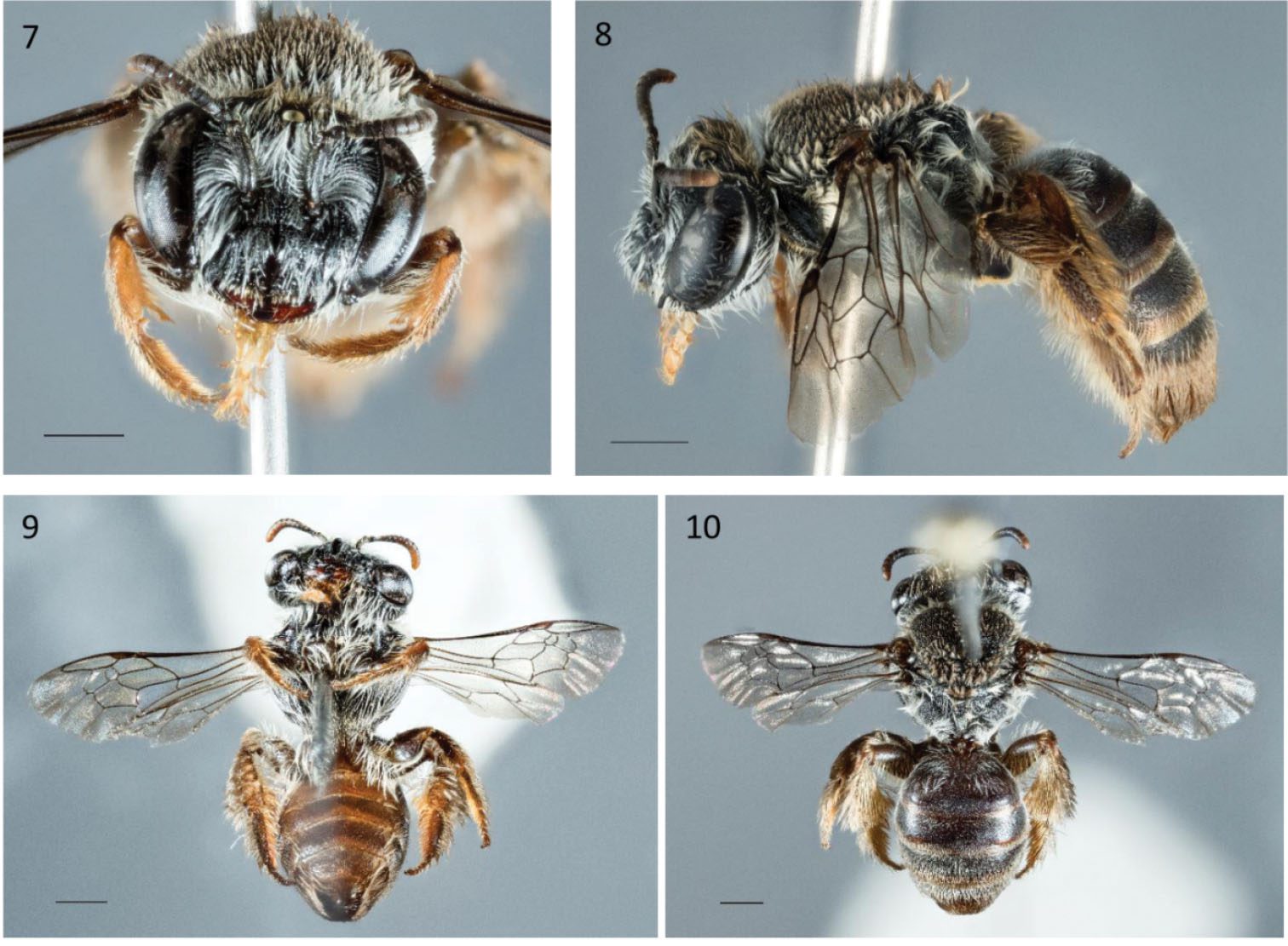An unusual looking species of bee has been discovered in bushland in Perth, Western Australia, with a wide dog-like snout. Given its canine protrusion, the species has been named Leioproctus zephyr, after study author Dr Kit Prendergast of Curtin University’s own pet dog Zephyr.
The new discovery belongs to the highly diverse genus Leioproctus, which consists of more than 300 species of bees located across Australasia and temperate South America.
“Leioproctus zephyr has a highly restricted distribution, only occurring in seven locations across the southwest [Western Australia] to date,” explains Prendergast in a statement. The paper goes on to describe the species’ intensely picky eating habits, foraging only on a few species of flowering Jacksonia shrubs.
The specimen was collected using a small net bag, called an entomological sweep-net, during a study into the native bee populations of residential and bushland areas surrounding urbanized Western Australia. Prendergast noticed the unusual appearance of the bee’s protruding snout, and after consulting with Dr Terry Houston of the Western Australian Museum, found that the species had yet to be scientifically described, despite being first collected in 1979.

Distinct from all other species in the Leioproctus genus, both sexes of Leioproctus zephyr feature a large medial ridge running down the center of the clypeus – the shield-shaped front of the bee’s head – that protrudes prominently on the upper half. Despite its comparatively enormous protruding snout, this tiny bee has an average body length of between just 6 and 6.9 millimeters (0.24-0.27 inches).
Given that the species has only just received formal identification despite its distinct identifiable features, it can be assumed that populations in the area aren’t abundant. Considering the restricted distribution of only around 40 square kilometers (15.4 square miles), and the limited dietary options of Leioproctus zephyr, Prendergast details a concern for the conservation of the species which could only be exacerbated by the continuous urbanization of these inhabited areas.
The study is published in the Journal of Hymenoptera Research.
Source Link: Look At This Newly Discovered Bee Species With A Big Fat Nose